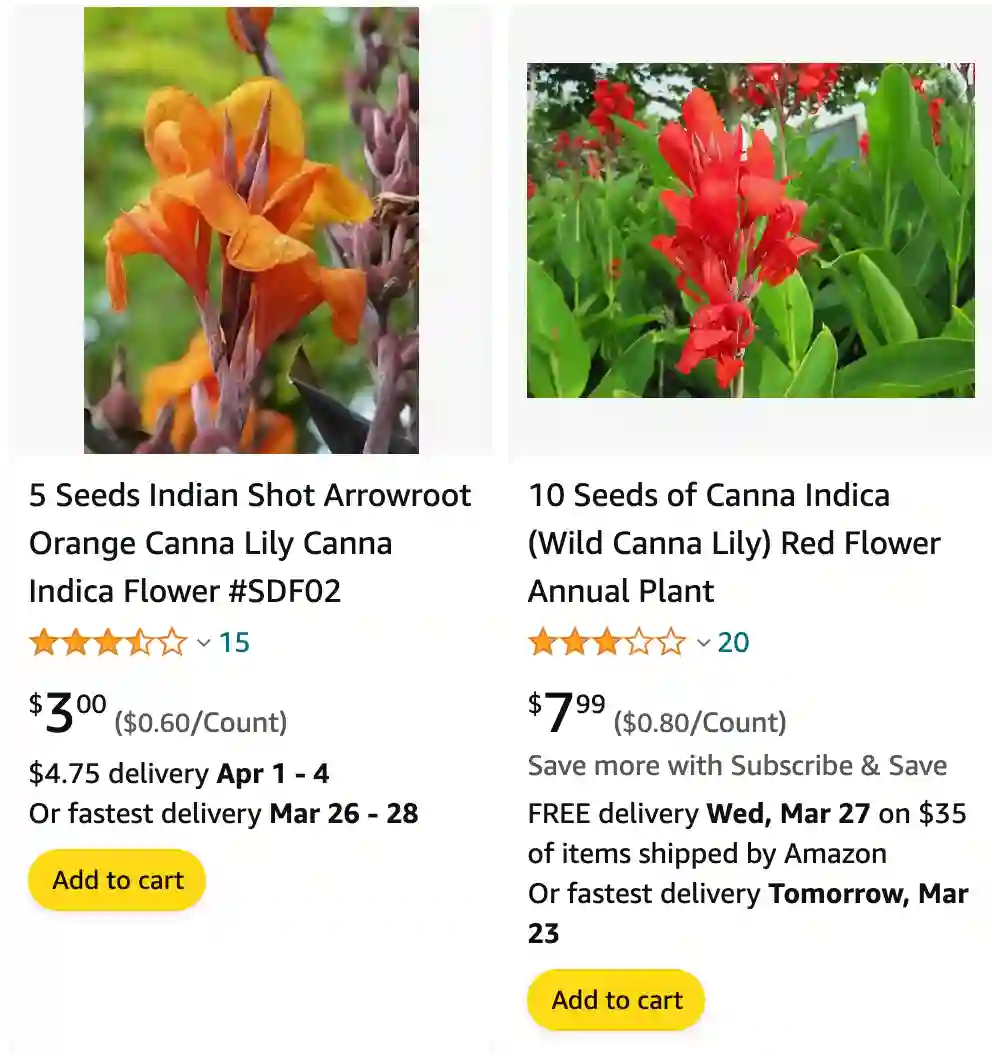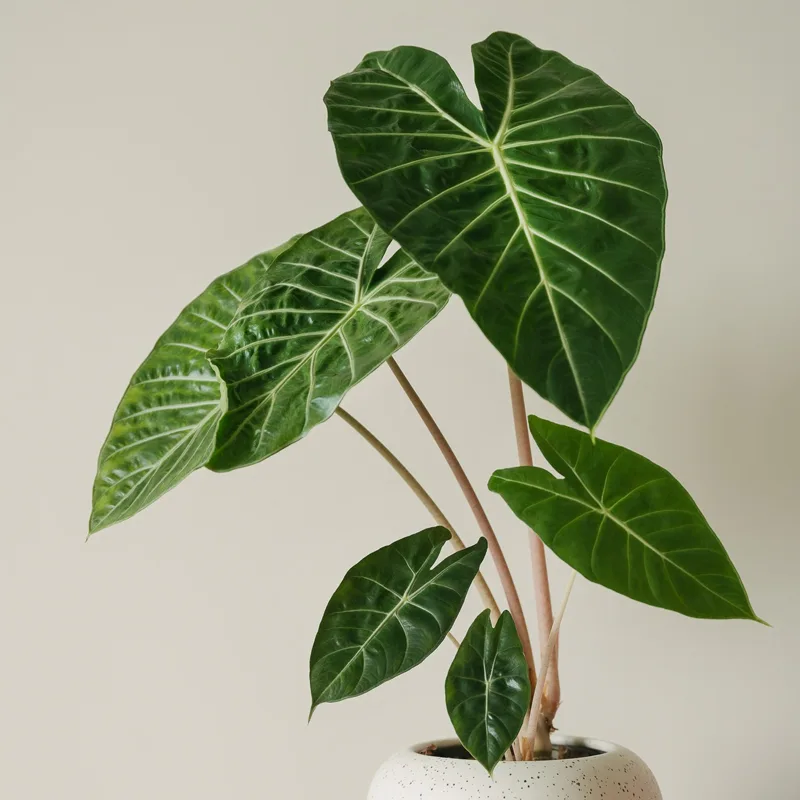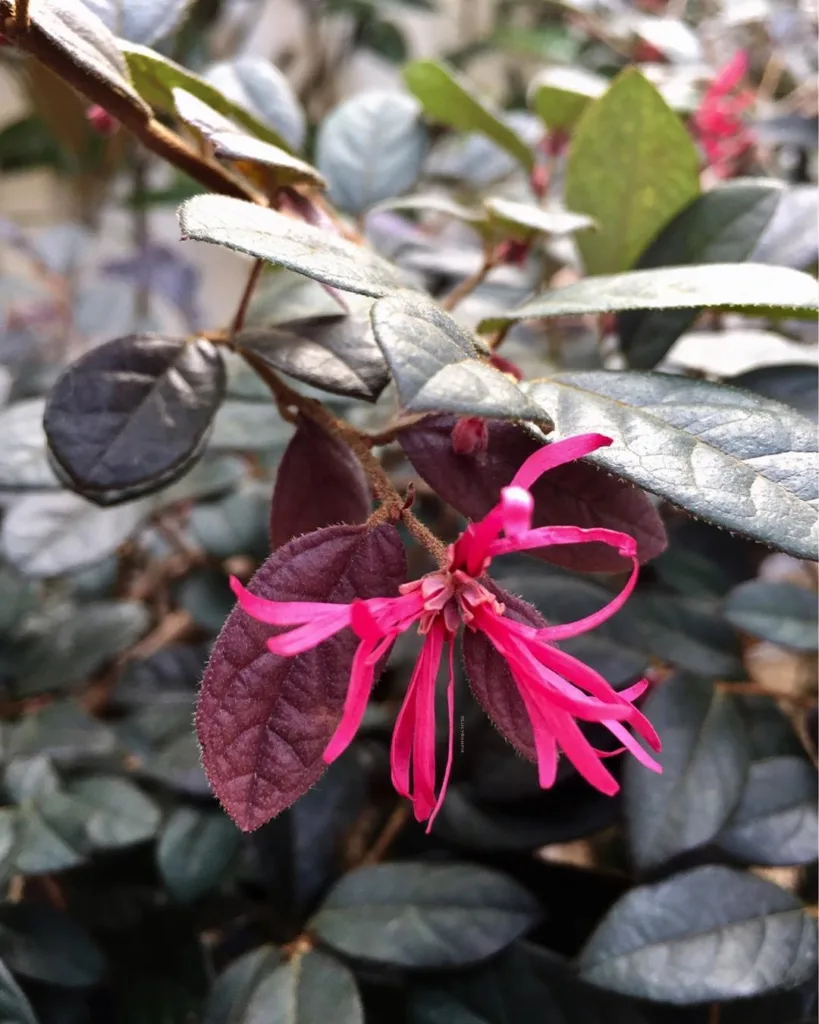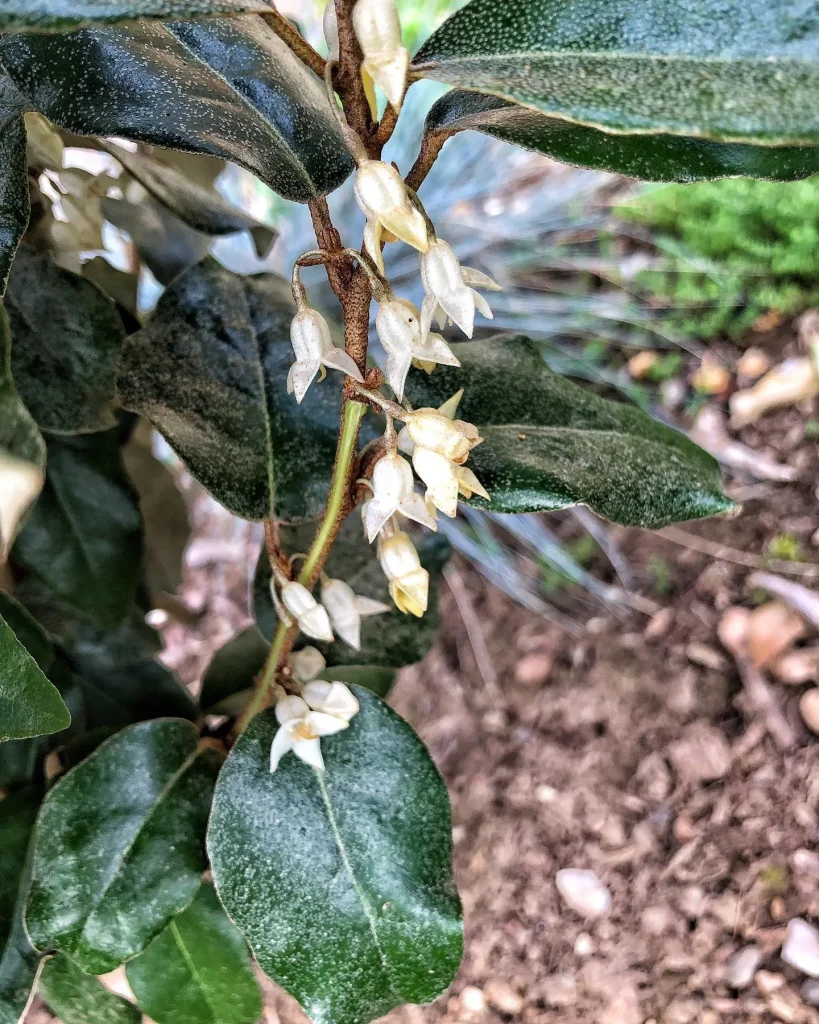
How to plant Canna indica seeds?
When planting Canna indica seeds, I start by soaking the seeds in warm water for about 24 hours to soften their hard outer shell. This helps with germination. Then, I plant them in small pots filled with a good quality seed-starting mix, pressing them lightly into the soil and covering them with a thin layer of the mix. I keep the soil moist and place the pots in a warm, sunny spot. It usually takes a few weeks for the seeds to sprout, and I find it really rewarding to see the first shoots emerge.
Is Canna indica edible?
Yes, Canna indica is edible. The rhizomes, or underground stems, are particularly known for being a food source. They can be boiled or baked like potatoes. Personally, I’ve tried them boiled and found that they have a mild, starchy taste, somewhat like a mix between a potato and a sweet potato. They’re also rich in starch, making them quite filling.
How fast does a Canna indica macro grow?
In my experience, Canna indica grows pretty quickly once it’s established. During the peak growing season, which is usually late spring to early fall, I’ve seen significant growth within just a few weeks. The plant can shoot up several feet in height, and it’s always exciting to see how fast it can fill out a garden space with its large, tropical leaves and vibrant flowers.
How to care for Canna indica?
Caring for Canna indica involves regular watering and ensuring it gets plenty of sunlight. I make sure to water it consistently, keeping the soil moist but not waterlogged. During the growing season, I feed it with a balanced fertilizer every month. I also remove any dead or yellowing leaves to keep the plant looking its best and to prevent disease. It’s quite a resilient plant, but it thrives best with a little bit of attention and care.
How to eat Canna indica roots?
Eating the roots of Canna indica involves first digging them up and washing them thoroughly to remove any dirt. Then, I usually peel the outer skin and either boil or bake them until they’re tender. They can be mashed like potatoes or sliced and added to soups and stews. I find that they’re quite versatile in the kitchen, and their subtle flavor pairs well with a variety of dishes.
How to eat fruit of the Canna indica plant?
The fruit of the Canna indica plant isn’t typically consumed. Instead, the focus is usually on the edible rhizomes. However, the seeds inside the fruit are quite hard and can be used to make jewelry or beads. I haven’t personally tried eating the fruit, as it’s not commonly done, and I’ve read that it’s not particularly palatable.
How to prune Canna indica?
When pruning Canna indica, I usually wait until the flowers have faded and then cut the spent flower stalks down to the base. This encourages the plant to produce more blooms. I also remove any dead or damaged leaves regularly. At the end of the growing season, I cut the whole plant back to a few inches above the ground. This helps it to come back strong and healthy the next year.
Is Canna indica a lily?
Canna indica isn’t actually a lily, although it’s often called a Canna lily. It belongs to the Cannaceae family, which is different from true lilies that belong to the Liliaceae family. Despite this, the vibrant and striking flowers of Canna indica do give a similar dramatic effect in the garden, which might be why people sometimes confuse the two.
Is Canna indica toxic to cats?
Thankfully, Canna indica is not toxic to cats. I have a couple of curious cats who like to explore my garden, and I always check if plants are safe for them. It’s a relief to know that if they nibble on a leaf or flower, it won’t harm them. This makes Canna indica a great choice for a pet-friendly garden.



